Eastern Romans—Greek-speaking, Christ-worshipping heirs of Caesar and Constantine—who kept Rome’s laws, coins, and imperial dreams burning in Constantinople long after Manzikert shattered their borders, armies, and pride but never their identity as the last roaring echo of the Roman world across the eastern Mediterranean empire.
Table of Contents
Introduction to the Byzantine Empire
The Byzantine Empire was a medieval empire that emerged after the fall of the Western Roman Empire. It carried the tradition of the Romans we all know and love whilst developing its own identity which consisted of Greek, Roman, and Christian elements. This unique blend of cultures and traditions allowed the Byzantine Empire to become a beacon of Orthodox Christianity, art, and learning. Notably, its libraries were treasure troves of knowledge, encompassing wisdom not only from the Greco-Roman world but also from diverse cultures such as Muslim, Russian, and Chinese civilizations. This made the Byzantine Empire a pivotal hub in the medieval exchange of intellectual and cultural ideas.
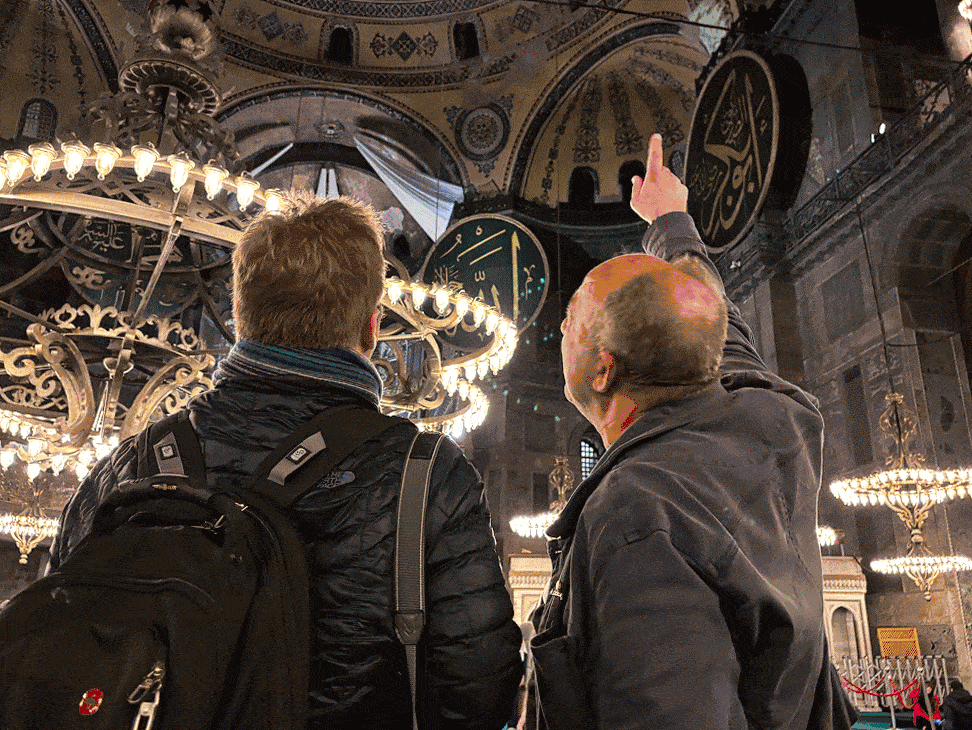
The Byzantine Empire began when Emperor Constantine I dedicated the city of Byzantium as the new capital of The Roman Empire (330 CE) and renamed it Constantinople, which is modern-day Istanbul. This event is often considered the starting point of the Byzantine Empire, even though it was essentially the continuation of The Roman Empire in its eastern provinces. The Byzantine Empire lasted until 1453, when Constantinople was conquered by the Ottoman Turks.
There are subtle differences in viewing exactly who the Byzantines were. In one school of thought, The Byzantine Empire was a direct continuation of The Roman Empire, and it always remained so. But another compelling view is that, inevitably, through a millennia, it evolved into something different, with its own unique culture, religion, and political structure.
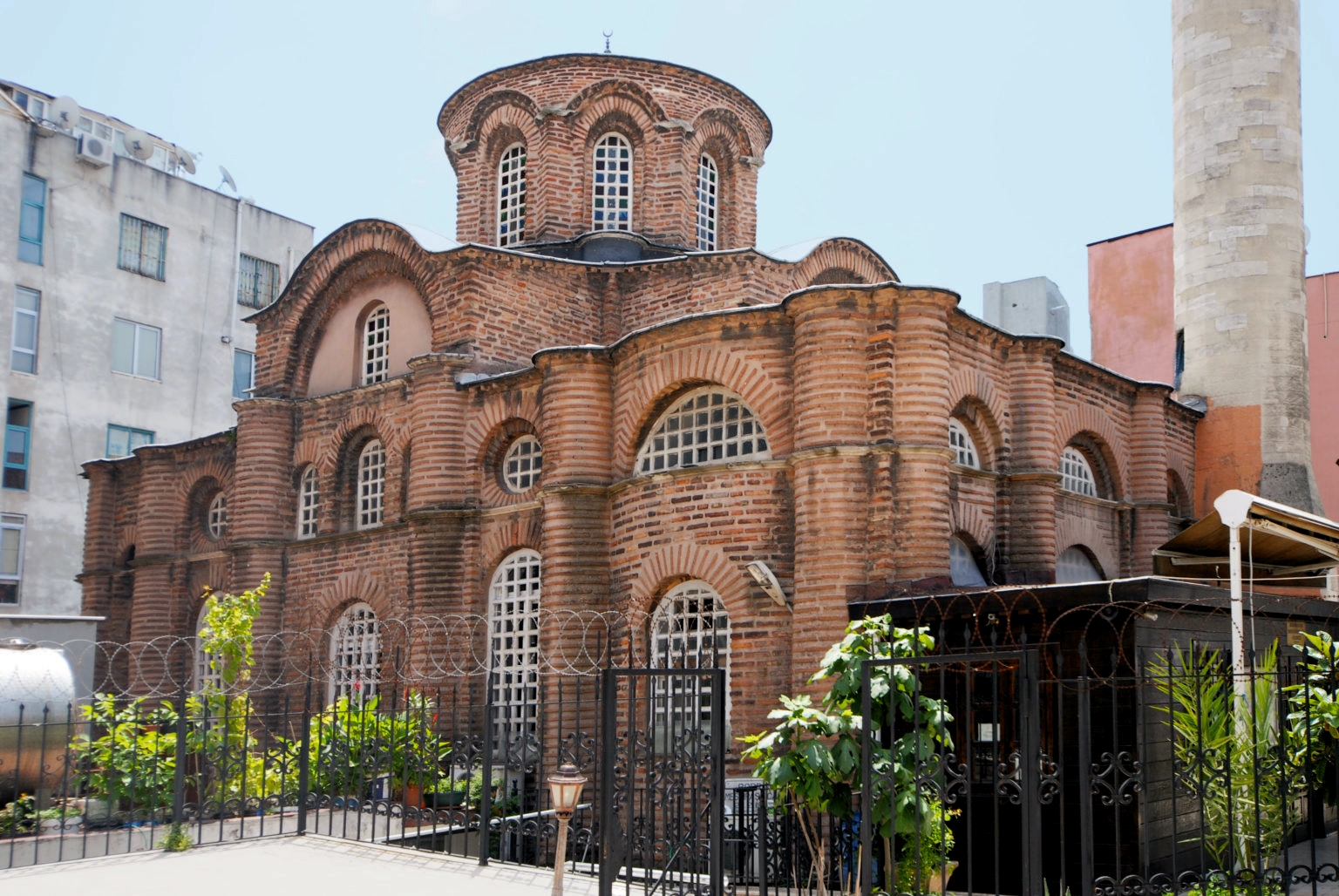
We are only getting started though. From the Greek perspective, the Byzantine Empire was a continuation of the ancient Greek civilization that had dominated the Mediterranean world for centuries. From the Turkish perspective, they were the bad guys in black cloaks.
The Word ‘Byzantine’
The term “Byzantine” was not used during the period of the Eastern Roman Empire to refer to themselves, as they considered themselves to be Romans. The use of the term “Byzantine” to describe the Eastern Roman Empire originated in the 16th century among Renaissance humanists, who used it to distinguish the cultural and political practices of the Eastern Roman Empire from those of the earlier Roman Empire.
The first known use of the term “Byzantine” to describe the Eastern Roman Empire in English was in the mid-18th century by historian Edward Gibbon in his work “The History of the Decline and Fall of The Roman Empire.” However, the term did not become widely used until the 19th century.
The word “Byzantine” is derived from the name of the city of Byzantium, which was founded by the Greek colonist Byzas in the 7th century BC.

The story of Byzas is a mythological one, and there are different versions of the tale. One version says that Byzas was guided to the site of Byzantium by an oracle who told him to establish a city “opposite to the land of the blind”.
The city of Byzantion was founded in 667BC by Byzas, son of King Nisos of Megara.
After asking the oracle of Delphi, the Megarean king Nisos sent his son Byzas in search of “the land opposite the city of the blind”. He decided that older Chalcedon, was the prophesied ‘city‘. pic.twitter.com/2vOF9CRy4O
— ArcG (@ArcGreek) May 11, 2020
Byzas interpreted this to mean that he should establish a city on the opposite shore of the Bosphorus from the city of Chalcedon, whose residents were reputed to be blind to the advantages of the site, since the land was sitting empty right in front of them but they were not using it.
Obviously, the Golden Horn was the better site – so Chalcedon was the “city of the blind.”
And if you look at the map today, you do wonder: why would anybody choose Chalcedon if the Golden Horn was available, as it was? pic.twitter.com/bP91MgB24t
— David Frum (@davidfrum) July 21, 2022
The Formation
The formation of the Byzantine Empire was a gradual process that took place over several centuries, marked by significant political, social, and cultural changes.
The Roman Empire was divided into two parts in AD 395, with the Western Roman Empire collapsing in the 5th century, while the Eastern Roman Empire continued to thrive. The Eastern Roman Empire, with its capital at Constantinople, was able to withstand external pressures from foreign invasions and maintain its territorial integrity for centuries.
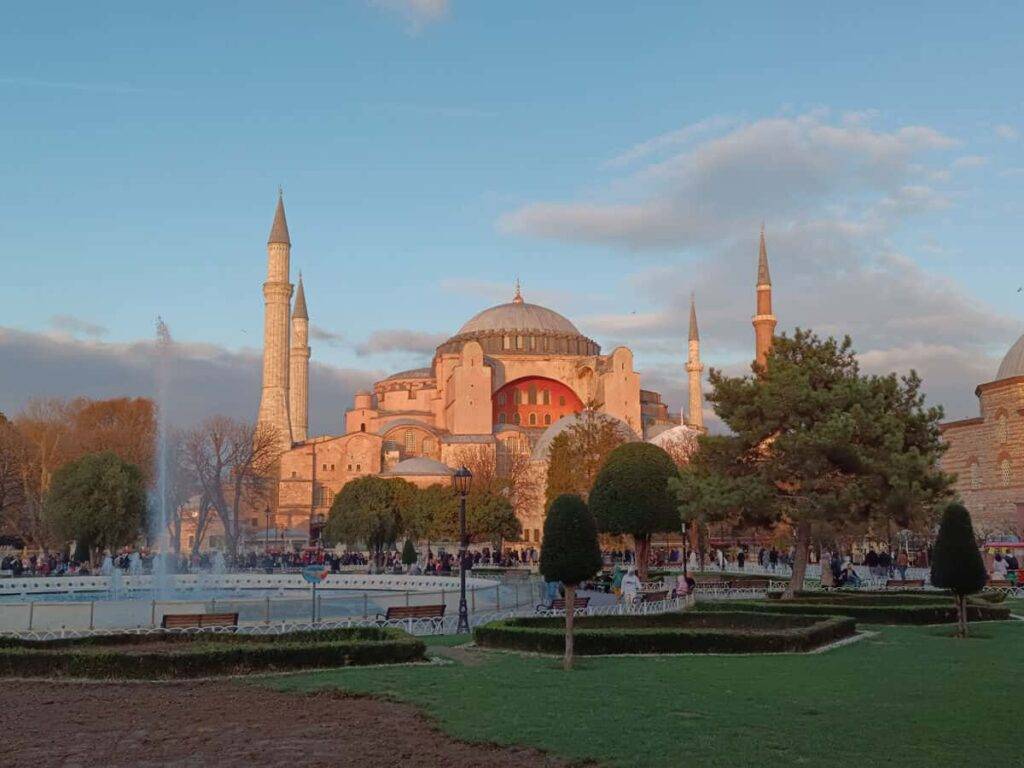
While Emperor Constantine is credited with legalizing Christianity in The Roman Empire with the Edict of Milan in 313 AD, it was Emperor Theodosius I who made Christianity the official state religion of the Roman Empire in 380 AD. This decision had a significant impact on The Roman Empire and paved the way for the formation of the Byzantine Empire, which emerged after the fall of the Western Roman Empire in 476 AD.
Constantine I established the new capital of the empire, Constantinople, on the site of the ancient Greek city of Byzantium, at a premium location right across Chalcedon. This new city was hailed as “Nova Roma,” a new Rome, a new home, and quickly became a center of culture and commerce. Constantinople’s strategic location made it a crossroads of trade and communication between Europe and Asia, which contributed to its wealth and power.
What was unique about the Byzantines?
The Byzantine Empire produced a wealth of art, literature, philosophy, and science, which had a profound impact on the world. Byzantine art, in particular, was highly influential, with its unique blend of Christian symbolism and classical style.
The Byzantine Empire was also notable for its administrative and legal systems. The empire was highly centralized, with a complex bureaucracy and a sophisticated legal code that served as a model for other civilizations. The Byzantine legal system, in particular, was highly developed, with a corpus of laws that covered a wide range of issues, including property rights, trade regulations, and criminal justice.
The Byzantine Empire was also unique in terms of its religion. While the empire was officially Christian, it had a distinct form of Christianity known as Eastern Orthodoxy, which was different from the Catholicism of Western Europe. Eastern Orthodoxy had its own liturgy, theology, and ecclesiastical hierarchy, which set it apart from other Christian denominations. The Byzantine Empire was also notable for its religious art and architecture, including its magnificent churches and mosaics.
Byzantine Empire was also a continuation of the ancient Greek civilization that had produced such great thinkers as Aristotle, Plato, and Socrates. The Byzantines viewed themselves as the inheritors of this legendary Greek legacy, and they saw their empire as a bastion of Hellenistic culture and learning in a world dominated by barbarians.
Finally, the Byzantine Empire was unique in terms of its military. The Byzantine army was highly organized and well-trained, with a range of specialized units, including heavy cavalry, archers, and infantry. The Byzantine army was also notable for its use of innovative tactics, such as the “Greek fire,” a highly flammable liquid that could be sprayed from a weapon to create a wall of flames.

But in the 7th century, the Byzantine Empire faced a major challenge from the rise of Islam and the Arab conquests. The empire lost much of its territory in the Middle East and North Africa but managed to survive by focusing on its military strength and maritime trade.
Nonetheless they remained a dominant power in the Mediterranean world until its fall to the Ottoman Turks in 1453. Despite its eventual collapse, the Byzantine Empire had a lasting impact on the development of European civilization, particularly in the areas of art, literature, philosophy, and architecture.
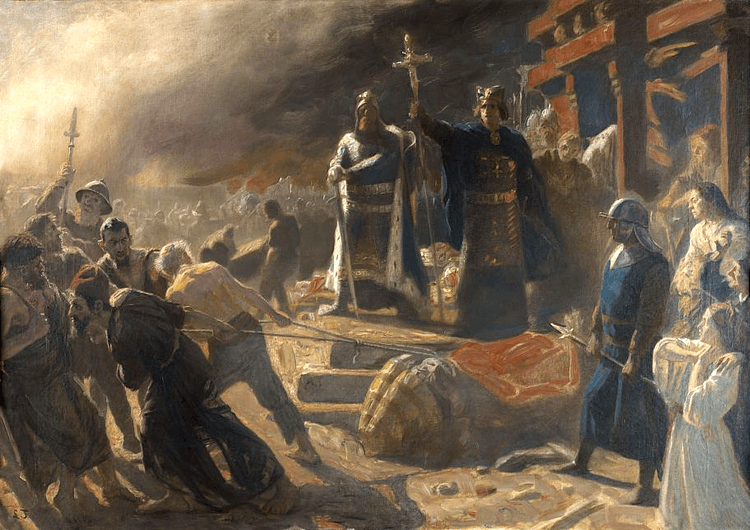
One of the greatest achievements of the Byzantine Empire was its preservation and transmission of Greek culture to the rest of Europe. The Byzantines were avid collectors of Greek literature and philosophy, and they made significant contributions to the study of ancient Greek texts. Many of the grandest works of ancient Greek literature, including the works of Homer, were preserved in Byzantine libraries and later transmitted to the rest of Europe.
The Byzantine Empire was also a center of Christian theology and learning. The Byzantine Church, which was closely tied to the state, played a major role in shaping Christian doctrine and practice. The Byzantine theologians, including such luminaries as John Chrysostom and Gregory of Nazianzus, produced some of the most influential works of Christian theology in history.

And fundamentally Byzantines were still Romans. They truly considered themselves to be the direct continuation of the Roman Empire. Byzantine emperors continued to use the title of “Roman Emperor” and claimed to be the legitimate heirs of the Roman Empire’s political and cultural legacy.
Though they were not just a continuation of the Roman Empire in the east. Byzantine Empire developed a distinct political, cultural, and religious identity that set them apart from their Roman predecessors. For example, the Byzantines had a unique form of government, with a centralized bureaucracy and a powerful emperor who wielded absolute power. The Byzantine Empire also developed a distinct artistic and architectural style, which blended elements of Roman, Greek, and Christian traditions.
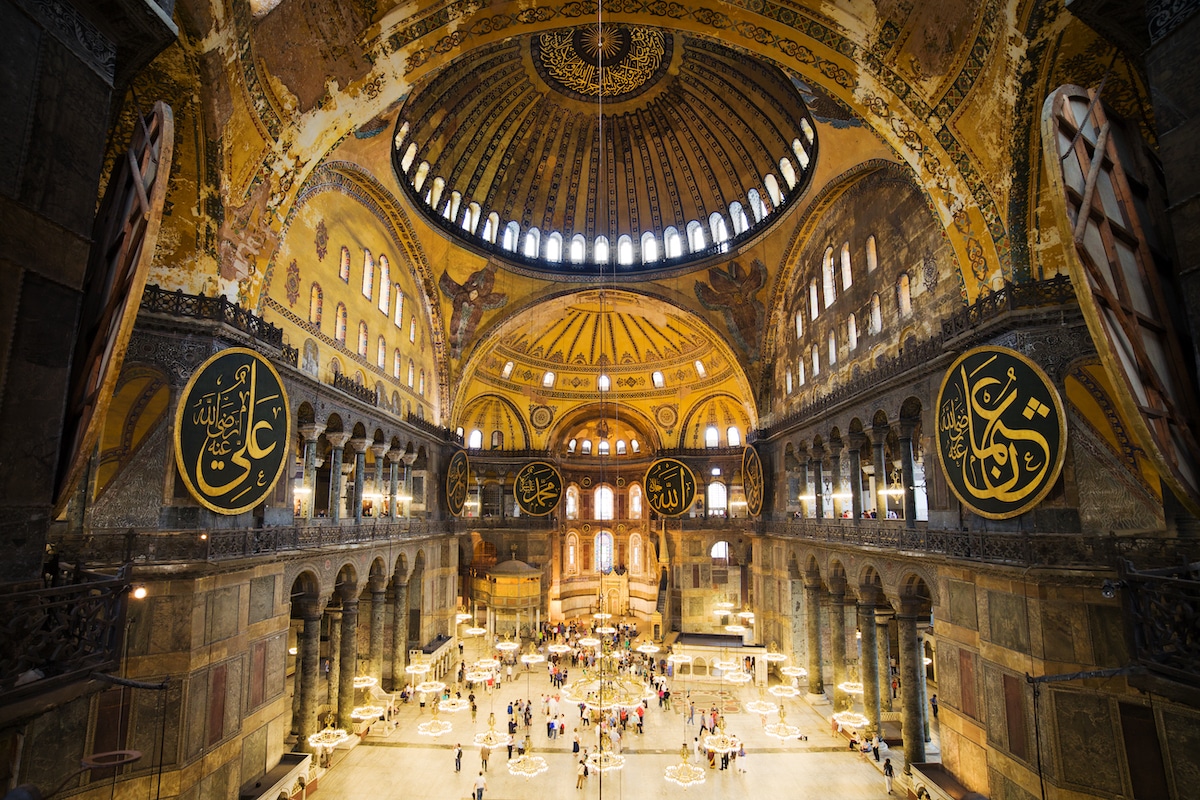
But Greek was the language of government, literature, and culture in the eastern half of the Roman Empire, and this tradition continued and only grew larger in the Byzantine Empire.
The Switch from Latin to Greek
Greek was the language of government, literature, and culture in the eastern half of the Roman Empire before the collapse of the western half. While Latin remained the official language of the Roman Empire until its collapse, Greek gradually replaced Latin as the language of administration, education, and intellectual life in the eastern half of the empire.
This shift towards Greek originally began way back in the Hellenistic period, when the Macedonian king Alexander the Great conquered much of the eastern Mediterranean, spreading Greek culture and language throughout the region. In the centuries that followed, Greek became the lingua franca of the eastern Mediterranean, and it was spoken by people of diverse ethnic backgrounds, including Jews, Egyptians, and Syrians.

During the Roman period, Greek continued to be spoken widely in the eastern half of the empire, and it gradually supplanted Latin as the language of government, literature, and culture. This was due in part to the fact that the eastern half of the empire was more prosperous and more urbanized than the western half, and thus more conducive to the spread of Greek culture and language.
By the time of the collapse of the western half of the Roman Empire in the 5th century AD, Greek had become the dominant language of the eastern half, and it remained so throughout the Byzantine period. There’s a strong possibility that Justinian I, who lived in the 6th century, was indeed the last Byzantine emperor to have Latin as his native language.
Greek was the language of administration, law, and education, and it was used by scholars, poets, and philosophers to produce some of the most influential works of literature and philosophy in world history.
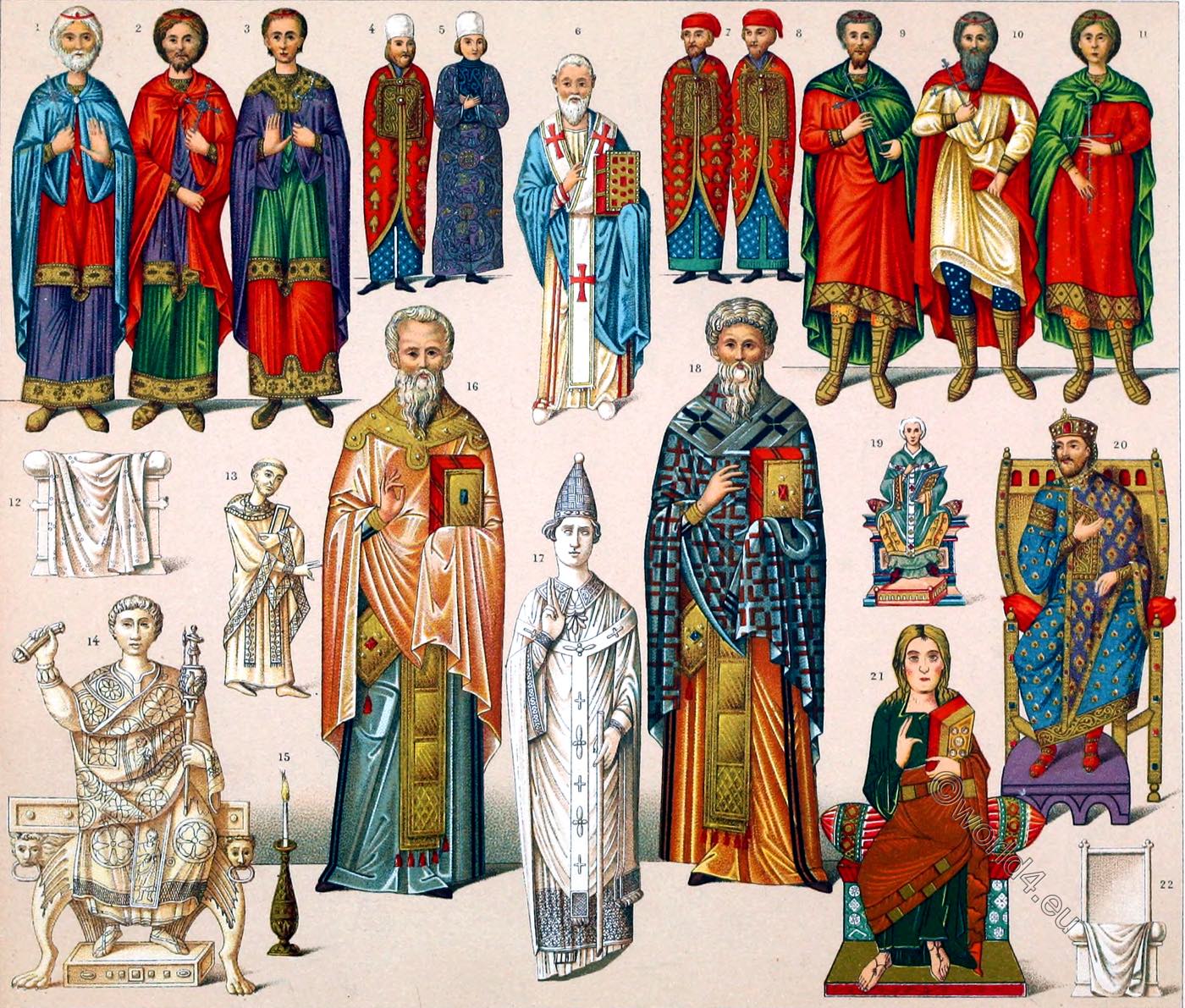
The Byzantine Emperor Heraclius, who ruled from 610 to 641 AD, is often credited with initiating the official switch from Latin to Greek. Heraclius was a Greek-speaking emperor who was born in the eastern provinces of the empire, and he made Greek the official language of the Byzantine Empire.
By the 9th century AD, Greek had become the dominant language of the Byzantine Empire, and Latin had largely disappeared from official use. The Byzantine Church also played a role in promoting the use of Greek, as it used Greek in its liturgy and theological writings.
Key Moments in Byzantine History
The Byzantine Empire experienced several critical moments that shaped its history and legacy. One of the most significant was the reign of Justinian in the 6th century, during which the Byzantine Empire reached its greatest extent. The rise of Islam in the 7th century posed a significant challenge to the Byzantine Empire, as Muslim armies conquered much of the Byzantine Empire’s territory. The Crusades in the 11th and 12th centuries had a profound impact on the Byzantine Empire, as European knights passed through Constantinople on their way to the Holy Land. And what a passing-through that was!!
Constantinople: A City of Utmost Importance
Constantinople was one of the most important cities in the world during the life of the Byzantine Empire. It was located at the crossroads of Europe and Asia, making it a crucial trading hub. The city was also well-fortified, with massive walls that helped it withstand numerous attacks from foreign empires, particularly Muslim empires. The Byzantine Empire went to great lengths to defend Constantinople, including using Greek Fire, a highly effective incendiary weapon, to repel attackers. Despite these defenses, Constantinople fell to the Ottoman Turks in 1453, marking the end of the Byzantine Empire and the beginning of a new era in Turkish history.
The Great Schism of Christianity
The Great Schism of 1054 was a significant event in the history of Christianity, marking the formal split between the Eastern Orthodox Church and the Roman Catholic Church. This split had a significant impact on the Byzantine Empire and its identity.
:max_bytes(150000):strip_icc()/GreatSchismof1054-68f075c7b0a14cc4be2cd869d58d4a54.jpg)
Prior to the Great Schism, the Byzantine Empire was still deeply connected to the ideals of the Roman Empire, both in terms of political and religious identity. The Byzantine Empire saw itself as the continuation of the Roman Empire and the Eastern Orthodox Church was closely tied to the Roman Catholic Church.
However, after the Great Schism, the Byzantine Empire began to develop its own distinct identity, separate from that of Rome. The Eastern Orthodox Church became the primary religious institution in the Byzantine Empire, and Byzantine culture began to diverge from that of Rome.
This shift towards a unique Byzantine identity was reflected in many aspects of the empire, including art, literature, and architecture. Byzantine art, for example, became more stylized and abstract, with a focus on religious themes.
Overall, while the Great Schism had significant religious and political consequences, it also played a role in the development of a unique Byzantine identity that was separate from both Rome and Greece.
Read our extended article on The Great Schism: Catholic and Orthodox Church
Contributions to Collective Human Knowledge
The Byzantine Empire made significant contributions to science, art, and literature. One of the most famous examples is the Hagia Sophia, a stunning basilica that was converted into a mosque after the fall of Constantinople. The Byzantine Empire also made advances in astronomy, mathematics, and medicine, and its literature, including the works of historians like Procopius and Anna Komnene, continue to be studied and admired today.

In philosophy, the Byzantine Empire produced several notable thinkers, including John of Damascus and Michael Psellos. In art, Byzantine art is renowned for its intricate mosaics, frescoes, and icons, which have inspired artists for centuries. Byzantine literature included works in both Greek and Latin, with notable writers such as Proclus and Michael Psellus, as well as Anthemius of Tralles – He was an architect and mathematician who lived in the 6th century AD and is known for his work on the Hagia Sophia and other Byzantine buildings.
In science, Byzantine scholars made significant advances in astronomy, mathematics, and medicine. The Byzantines also preserved and translated many ancient texts, including works by Greek philosophers such as Aristotle and Plato.
In law, the Byzantine Empire was responsible for the codification of Roman law and the creation of a legal system that heavily influenced modern European law.
The Byzantine Empire and the Turks
The Byzantine Empire had a complex relationship with the Turks. It fought numerous wars against various Turkish tribes, including the Seljuk Turks, and eventually succumbed to the Ottoman Turks in 1453. The Ottomans, who were Muslim, allowed Christians and Jews to practice their religions in Constantinople, but they also instituted a system of taxation and repression that led to the city’s decline. Today, Istanbul is a vibrant and diverse city, home to people of many different religions and ethnicities.

The Byzantine Empire was an important part of world history, and its legacy can still be felt today. Constantinople, in particular, played a crucial role in the Byzantine Empire’s history, and its unique location and defenses made it a desirable target for many other empires.
Byzantine architecture in Istanbul today
Istanbul, formerly Constantinople, was the capital of the Byzantine Empire for over a thousand years, and the city is home to some of the finest examples of Byzantine architecture in the world. Despite centuries of war, conquest, and natural disasters, many Byzantine buildings have survived to this day, and they stand as a testament to the glory and grandeur of the Byzantine Empire.

One of the most famous examples of Byzantine architecture in Istanbul is the Hagia Sophia, which was built by the Emperor Justinian in the 6th century AD. The Hagia Sophia was originally a Christian church, but it was converted into a mosque in the 15th century after the Ottoman conquest of Constantinople.

Just until recently, the Hagia Sophia was a museum that attracted millions of visitors each year, and as of 2020, it has been turned back into a mosque but it is still recognized as one of the most important examples of Byzantine architecture in the world.
Another important example of Byzantine architecture in Istanbul is the Chora Church, which was built in the 11th century AD. The Chora Church is famous for its stunning mosaics and frescoes, which depict scenes from the life of Jesus and other religious figures. Like the Hagia Sophia, the Chora Church was converted into a mosque after the Ottoman conquest of Constantinople, but it was later restored and turned into a museum. In 2020 it has also been turned into a mosque. Yep.
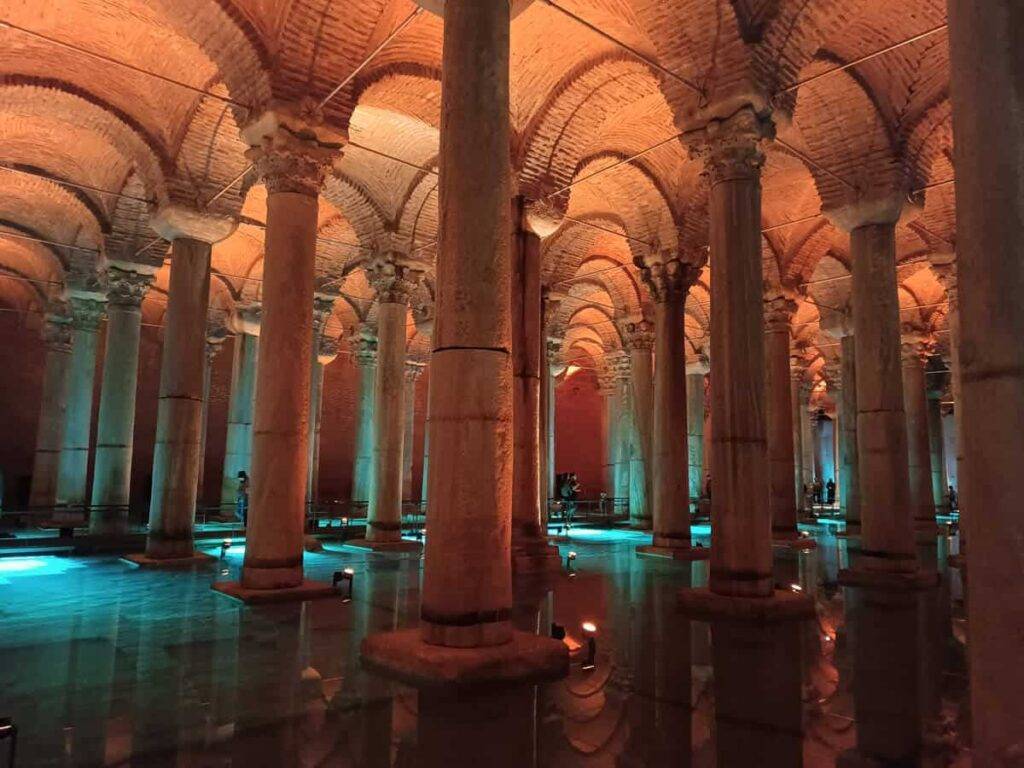
The Basilica Cistern is another impressive example of Byzantine architecture in Istanbul. The cistern was built in the 6th century AD to provide water to the city, and it features over 300 columns and a number of intricate carvings and decorations. The Basilica Cistern was forgotten for centuries, but it was rediscovered in the 16th century and turned into a tourist attraction.
Overall, Byzantine architecture has had a lasting impact on Istanbul, and the city is home to some of the finest examples of Byzantine architecture in the world. These buildings and so many more are a testament to the enduring legacy of the Byzantine Empire and a reminder of the rich cultural heritage of Istanbul.
If you’re interested in learning more about the Byzantine Empire, there are many resources available, including books, documentaries, and websites. Some top websites for unbiased information on the Byzantine Empire include the Byzantine Studies Association of North America and the Society for the Promotion of Byzantine Studies. We hope this article has piqued your interest in this fascinating period of history and encouraged you to learn more about the Byzantine Empire.
And here is a fantastic documentary about Byzantium and its bitter end by Fall of Civilizations.


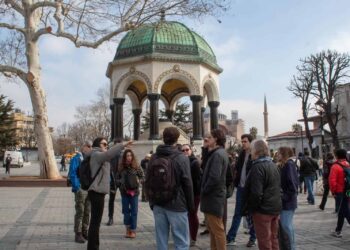





It’s noted that the term “Byzantine” was not used by contemporaries but emerged in the 16th century among Renaissance humanists. What factors led to the adoption of this term, and how has it affected modern perceptions of the Eastern Roman Empire?
This label has influenced modern perceptions, often portraying the Byzantine Empire as a successor state rather than a continuation of Rome. It also perpetuates stereotypes about its politics while overshadowing its contributions to art, law, and the preservation of classical knowledge. Despite efforts to reclaim its Roman identity, the term “Byzantine” still evokes both fascination and misunderstanding. The 2-part documentary about The Byzantine Empire called ‘The Last of Roman: Byzantium’ by Fall of Civilizations podcast breaks it all down in a fascinating style – highly recommended!